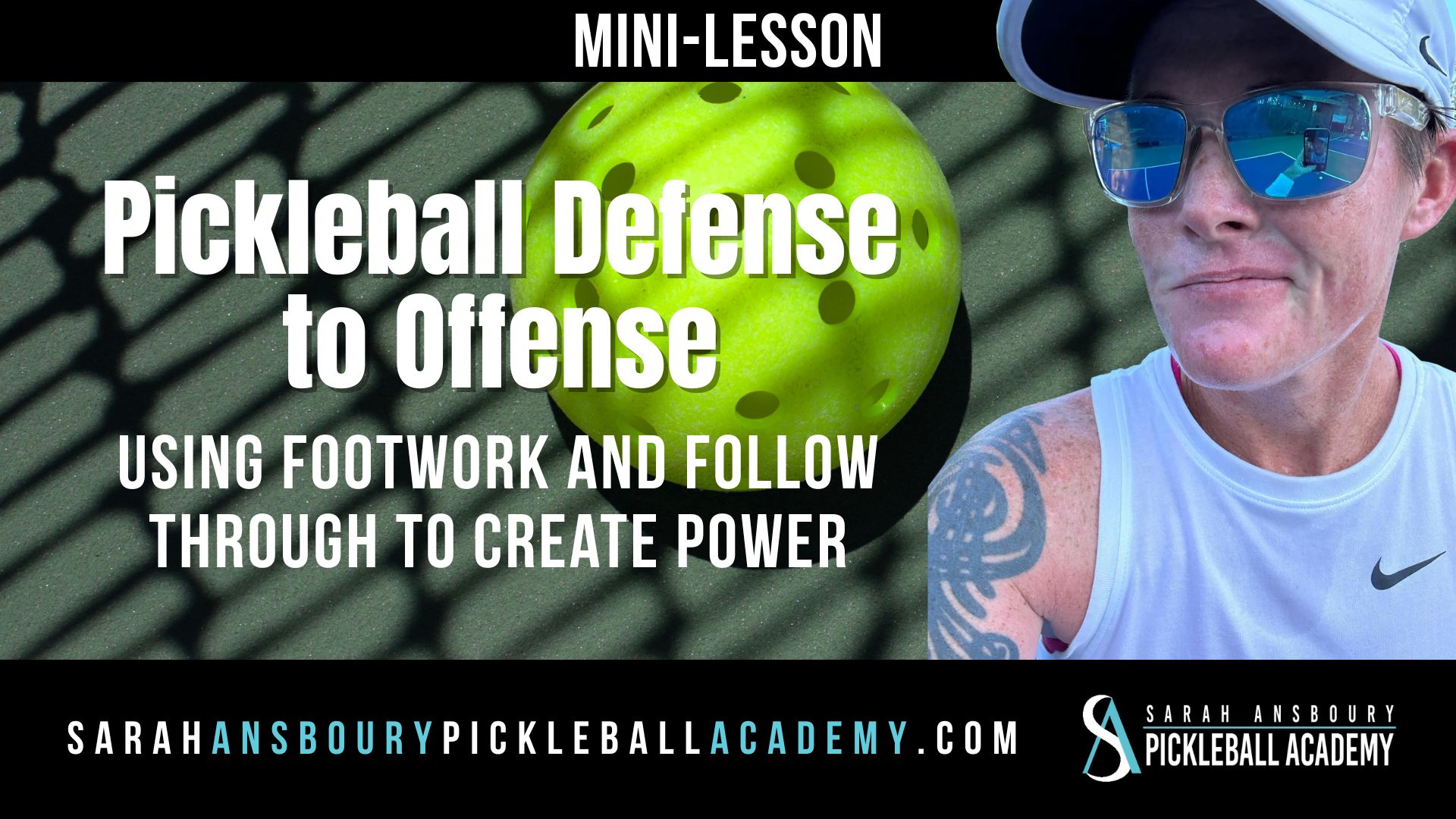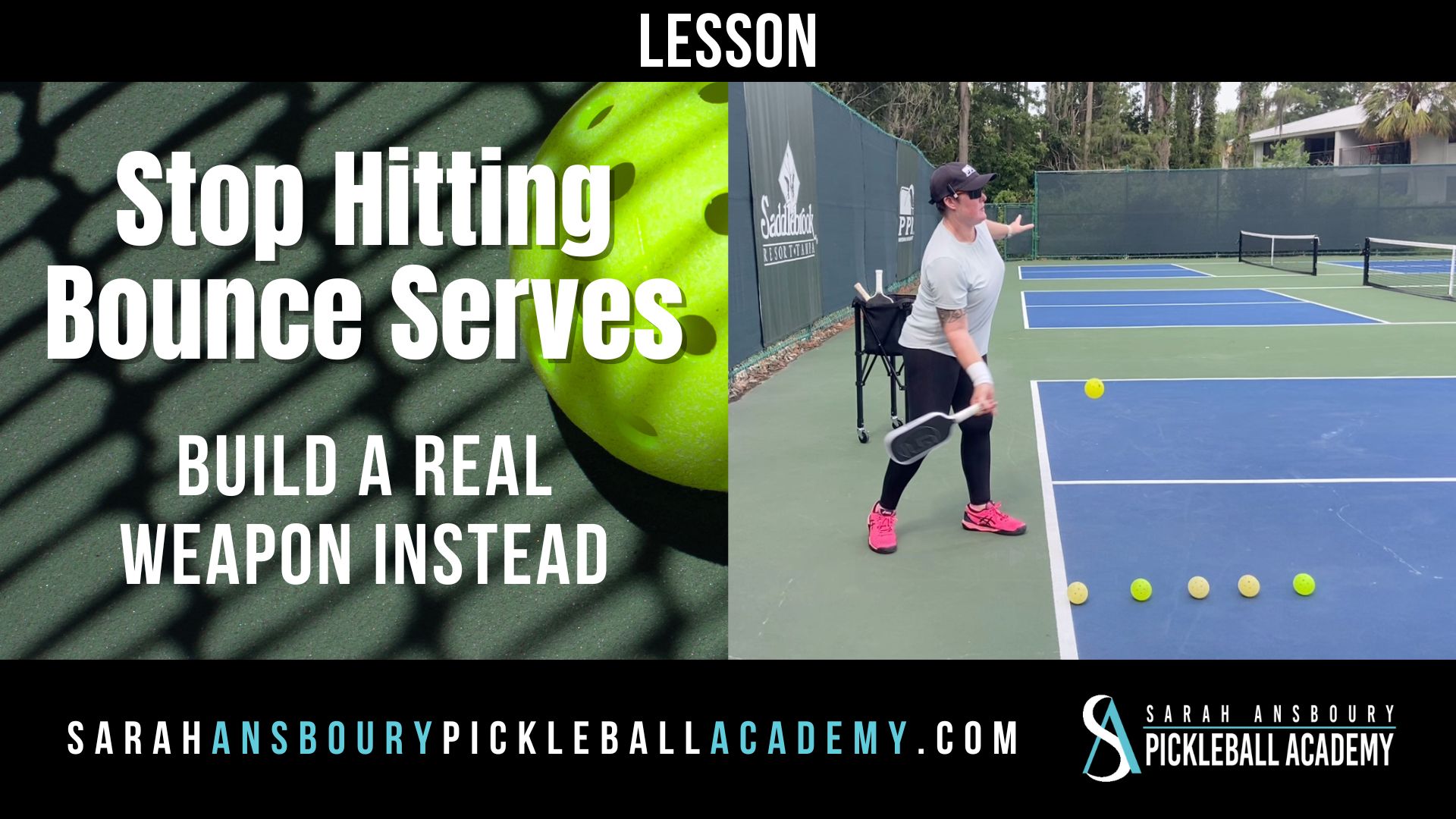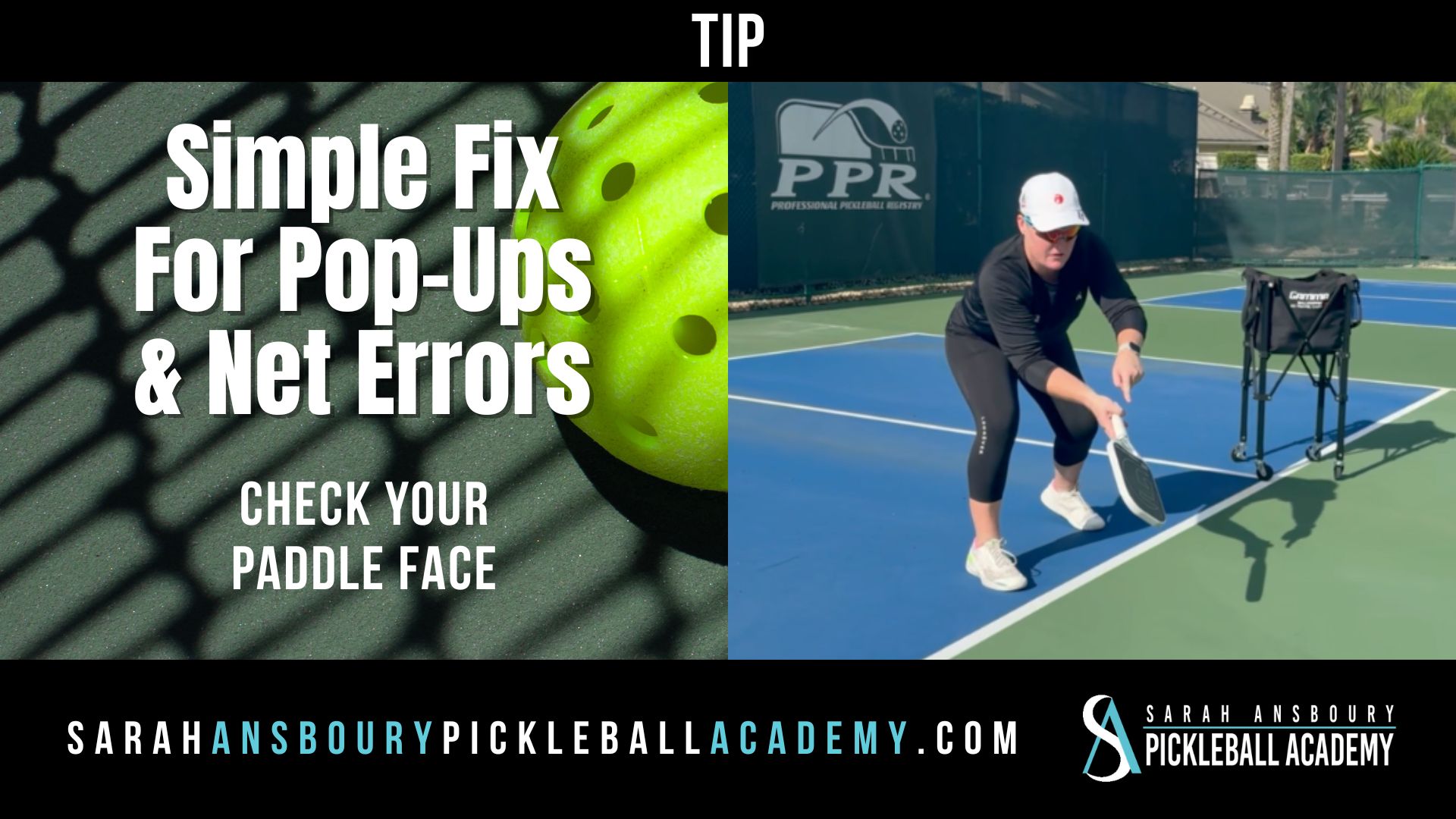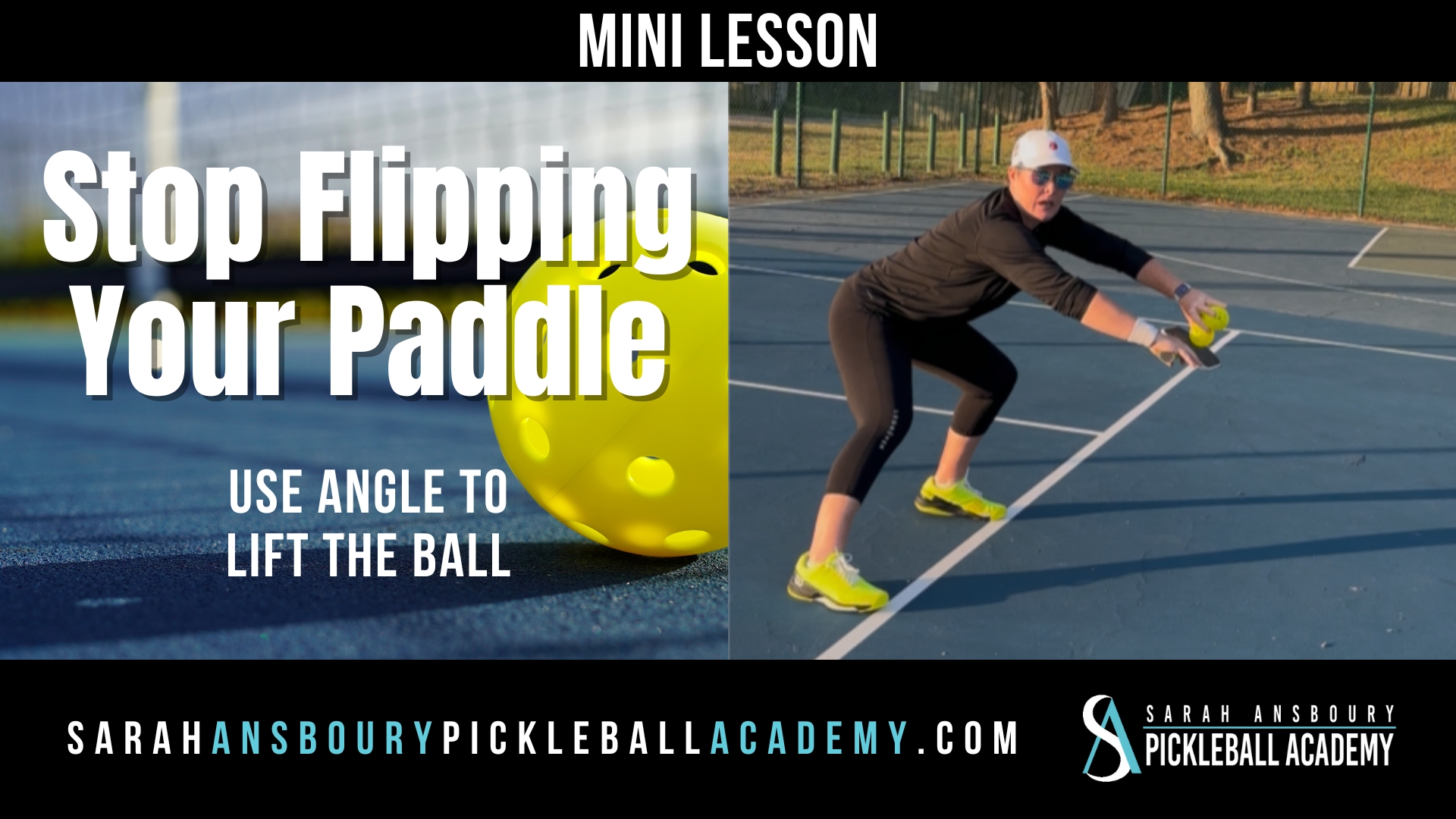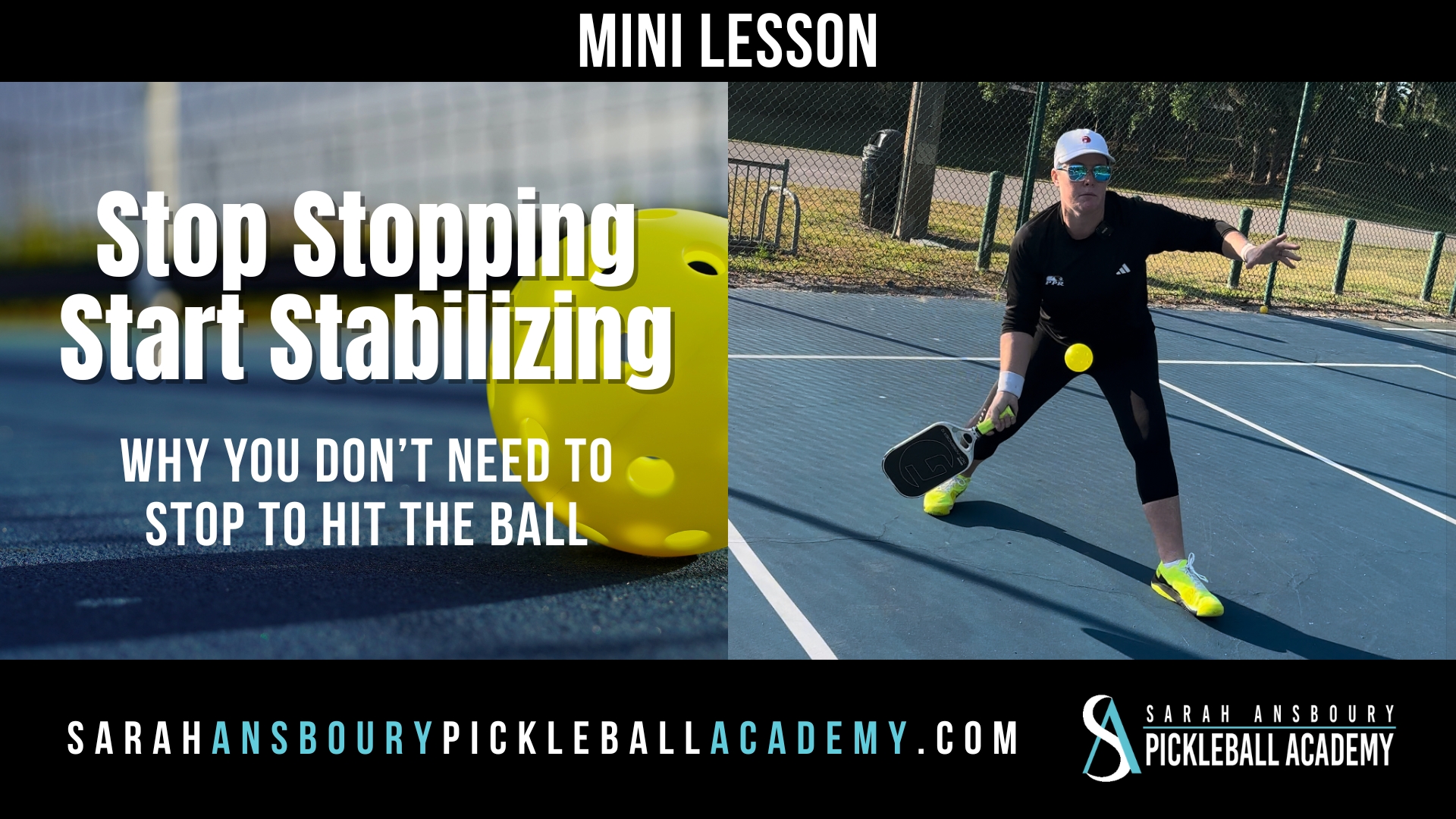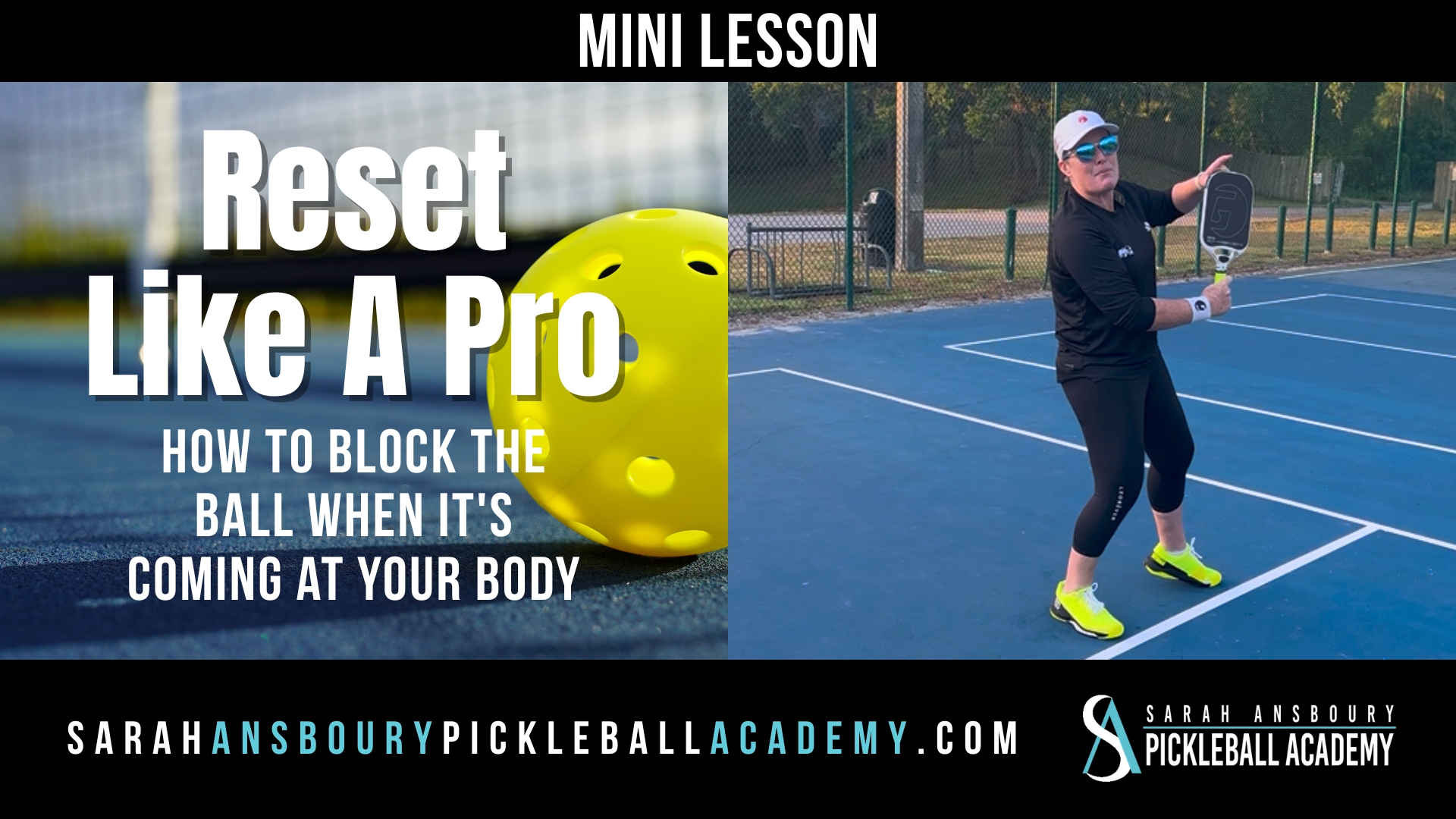
Different Mistakes
Most people think that there are differences between beginner, intermediate and advanced players’ mistakes. Clearly, there is a difference in skill, but when it comes to hitting the ball…it is pretty basic. Errors occur because of:
Pickleball Basics from 3.0 to 5.0
When I work with 5.0 players…I am looking at the same basics as a 3.0 player. Of course, there are differences….but these differences are in scale rather than the focus item. We will work to define their neutral  zone. Often we check to ensure that the paddle position is correct throughout the point. We will work on the rotation of their hips and shoulders…their weight transfer…the biomechanics of the body.
zone. Often we check to ensure that the paddle position is correct throughout the point. We will work on the rotation of their hips and shoulders…their weight transfer…the biomechanics of the body.
Whether Linh is critiquing my play, or I am analyzing a student…the big secret is “It is all about the basics”. When things go wrong on the court, you need a foundation to fall back on. The best players know the importance of simplicity.
I often get questions about advanced drills. thinking it will be more challenging. The fact is the majority of the time when I drill, it is a few basic drills that work on the fundamentals of my game.
Often people get flair confused with advanced play. Flair is fun to watch. We all love to see that slam winner or the around the post shot. However, the most important work occurred before the slam. I think about it like those grueling long points in mixed doubles, where I hit 95% of the balls and then my male partner wins the point by hitting one shot for a winner. The pickleball basics may be boring, but focusing on them ultimately wins the match.

